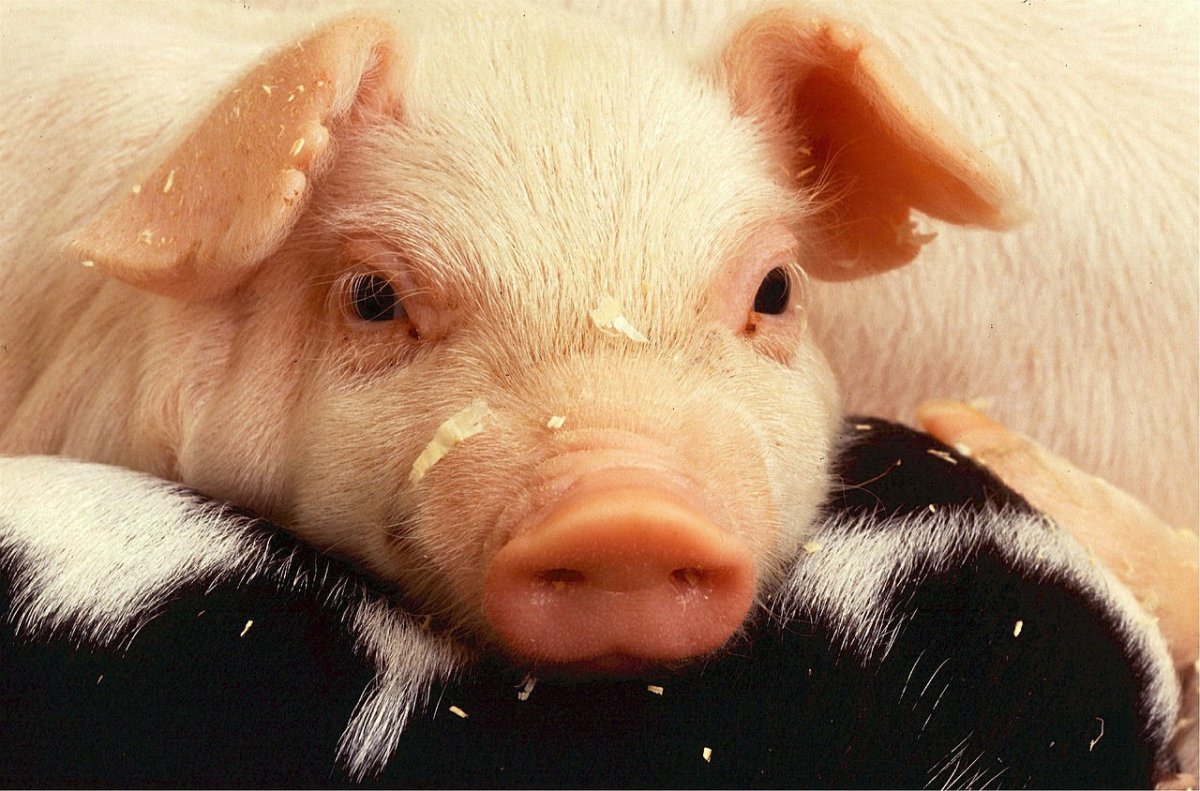Many alternatives to meat are made from soy, be it classic tofu or vegetarian minced meat. The problem: The vegetable protein tastes very neutral. So if you want to persuade meat eaters to switch, it’s down to the seasonings that come close to the taste of meat. The British start-up Moolec Science has therefore thought of a special way: It wants to genetically integrate proteins from pigs directly into soy plants so that the soy beans should taste “meatier”.
Advertisement
Piggy meets soy
The slightly silly name of the resulting product: “Piggy Sooy”. “The name of our platform came about during an internal team meeting,” product chief Henk Hoogenkamp told MIT Technology Review. “It refers to the plant (soy) from which the animal protein (pork) is derived. We think it’s great.” Moolec had previously experimented with beef proteins to be generated from modified pea plants. With this approach on the way to meat substitutes, Moolec differs from start-ups that offer alternatives based on pure plant proteins and those that specialize in so-called laboratory meat, which is bred in nutrient solutions in bioreactors based on animal cells. The latter method is considered to be energy-intensive, especially in the production of the nutrient solution.
The fact that genetic engineering is used does not bother the start-up. “Food containing genetically modified organisms is widely used in the global food industry,” says Hoogenkamp. That also applies to the EU. However, it is currently still unclear whether the company would receive approval for the European market. “The path in the EU for products like those that will emerge from our Piggy Sooy platform needs to be further clarified.” Just recently, the EU Commission proposed a relaxation of the handling of genetically modified plants in agriculture, but this should apply to plants to which only genes of their own species have been added. That wouldn’t apply to “Piggy Sooy”.
Practical soy cultivation
Moolec has not yet revealed any specific details on how the genetically modified soy is produced. However, the company says it has achieved a plant that produces soybeans in which a quarter of the soluble protein is pork protein. As a result, the beans have a delicate pink color inside. According to Hoogenkamp, this is due to the genetic modification of the seeds. However, the company did not want to reveal to the “New Scientist” whether the added genes encode a protein with an iron-containing heme group like myoglobin. This would explain the coloring and meaty taste.
(Image: Moolec)
Moolec has not yet commented on the taste either. “We cannot comment on this topic at this time as it is an internal development project.” The company’s marketing strategy is to license the sale of the resulting patents and technologies to a third party. These can be companies from the food or ingredients industry that follow the current trend towards so-called molecular farming. However, it should not stop with pork and beef proteins. According to Hoogenkamp, Moolec, which is listed on the US technology exchange NASDAQ, sees a “broad spectrum of industries, such as the pharmaceutical, cosmetics, diagnostics and other food industries”.
Advertisement
(bsc)
To home page
